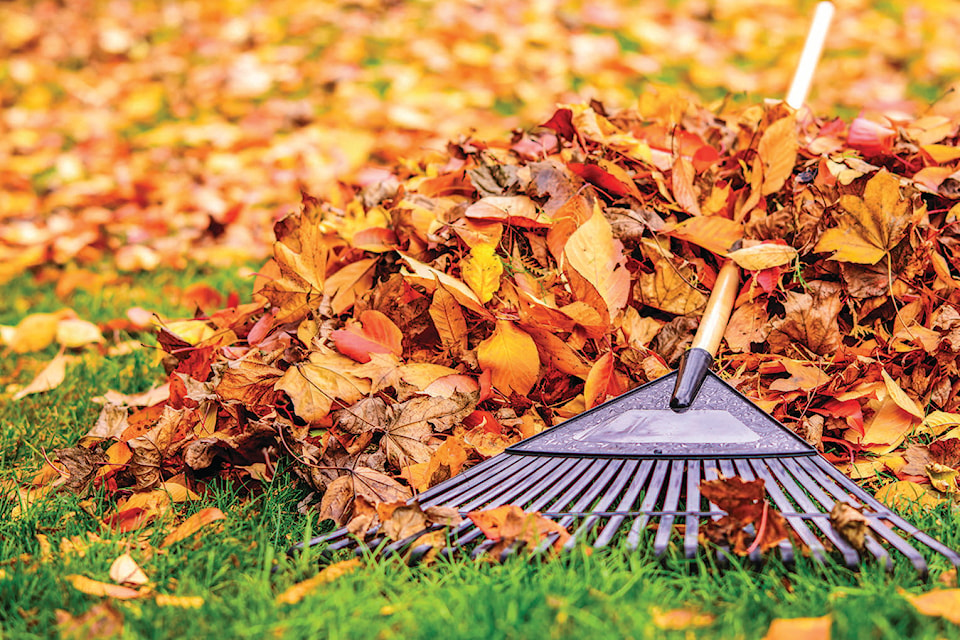Jocelyne Sewell
Gardner’s Diary
The easiest way to make leaf mould is to just rake your leaves into a big pile and let the pile sit there for two or three years.
If you aren’t quite that patient or you don’t have enough room for three giant leaf piles, you’ll need to shred them. Leaves break down much more quickly if they’re shredded, largely because it increases the amount of surface area, which makes it easier for fungi to do their work.
Shredding the leaves also prevents them from packing together into stacks that repel moisture and seal out air. It also makes it easier to fit a large number of leaves into a relatively small space.
The simplest way to shred leaves is to run over them with the lawn mower a few times and then rake them up. You can also rake the leaves and run them through a leaf shredder. Or use a hand-held leaf vacuum with a shredding capability.
Assembling Your Leaf Mould Pile
A leaf pile needs to be fairly substantial in size, in order to retain enough moisture and heat to get finished leaf mould within 12 months. Six feet square and five feet high seems to be an ideal size. It takes about 25 trash bags full of leaves to make a pile this large.
A second option is to pile the leaves into a wood or wire enclosure. Again, 4 or 5 feet square is ideal. Wet the pile thoroughly and cover it with a tarp. Check the moisture level several times during the year. It should be like a well-wrung sponge. If you live in a dry climate, you might want to line the enclosure with cardboard or plastic to help retain moisture. If you have a minute when you’re checking the moisture content, use a fork to stir the leaves and incorporate a little fresh oxygen.
Another easy, yet very effective way to make leaf mould, is to pack the leaves into black trash bags. If the leaves are fresh and shredded, just moisten them, close up the bag, and poke a few holes in the sides of the bag. If the leaves are whole or dry, moisten them well and add a shovelful of garden soil, compost or manure. Then just stash the bags out of the way for a year or two.
How to Use Leaf Mould
Leaf mould is ready to use when it’s soft and crumbly. Distribute it around your perennials, vegetable plants (shrubs, too if you have a lot of it), no more than about 3 inches thick. Because leaf mould retains so much moisture, be sure to keep it several inches back from the crown or base of the plant. This will help prevent pest and disease problems.
You can also incorporate leaf mould right into the soil. Unlike raw leaves, it will not steal nitrogen from the plants around it, so it’s safe to use in vegetable gardens and around annual flowers. You can also add it to new garden beds, use it instead of peat moss to lighten the soil in containers, use it to enhance the soil in a shade garden, or to improve any soil that’s too sandy or too heavy.
Leaves are certainly an abundant natural resource in most parts of the country. For now, they’re still free for the taking, so don’t delay.
For more information contact 250-558-4556or email jocelynesewell@gmail.com
